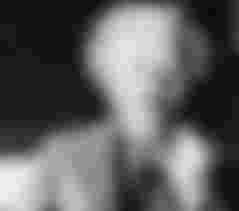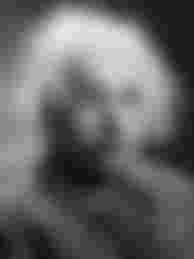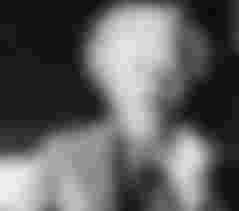Albert Einstein 14 March 1879 – 18 April 1955) was a German-conceived hypothetical physicist who built up the hypothesis of relativity, one of the two mainstays of present day material science (close by quantum mechanics). His work is likewise known for its effect on the way of thinking of science. He is most popular to the overall population for his mass–energy proportionality recipe E = mc2, which has been named "the world's most acclaimed condition". He got the 1921 Nobel Prize in Physics "for his administrations to hypothetical material science, and particularly for his revelation of the law of the photoelectri effect,] an essential advance in the improvement of quantum hypothesis.
The child of a sales rep who later worked an electrochemical processing plant, Einstein was brought into the world in the German Empire, yet moved to Switzerland in 1895, neglecting his German citizenship the next year. Gaining practical experience in physical science and math, he got his scholastic showing recognition from the Swiss Federal Polytechnic Scholol in Zürich in 1900. The next year, he procured Swiss citizenship, which he saved for as long as he can remember. After at first battling to look for some kind of employment, from 1902 to 1909 he was utilized as a patent analyst at the Swiss Patent Office in Bern.

Close to the start of his vocation, Einstein felt that the laws of traditional mechanics could at this point don't be accommodated with those of the electromagnetic field. This drove him to build up his uncommon hypothesis of relativity during his time as a patent assistant. In 1905, called his annus mirabilis ('marvel year'), he distributed four pivotal papers which pulled in the consideration of the scholarly world; the main paper sketched out the hypothesis of the photoelectric impact, the second clarified Brownian movement, the third presented unique relativity, and the fourth mass–energy comparability. That year, at 26 years old, he was granted a PhD by the University of Zurich.

Albeit at first treated with wariness from numerous in established researchers, Einstein's works bit by bit came to be perceived as critical headways. He was welcome to train hypothetical material science at the University of Bern in 1908 and the next year moved to the University of Zurich, at that point in 1911 to Charles University in Prague prior to getting back to ETH (the recently renamed Federal Polytechnic School) in Zürich in 1912. In 1914, he was chosen for the Prussian Academy of Sciences in Berlin, where he stayed for a very long time. Not long after distributing his work on extraordinary relativity, Einstein started attempting to stretch out the hypothesis to gravitational fields; he at that point distributed a paper on broad relativit in 1916, presenting his hypothesis of attraction. He kept on managing issues of measurable mechanics and quantum hypothesis, which prompted his clarifications of molecule hypothesis and the movement of particles. He likewise researched the warm properties of light and the quantum hypothesis of radiation, the premise of the laser, which established the framework of the photon hypothesis of light. In 1917, he applied the overall hypothesis of relativity to display the design of the universe.

